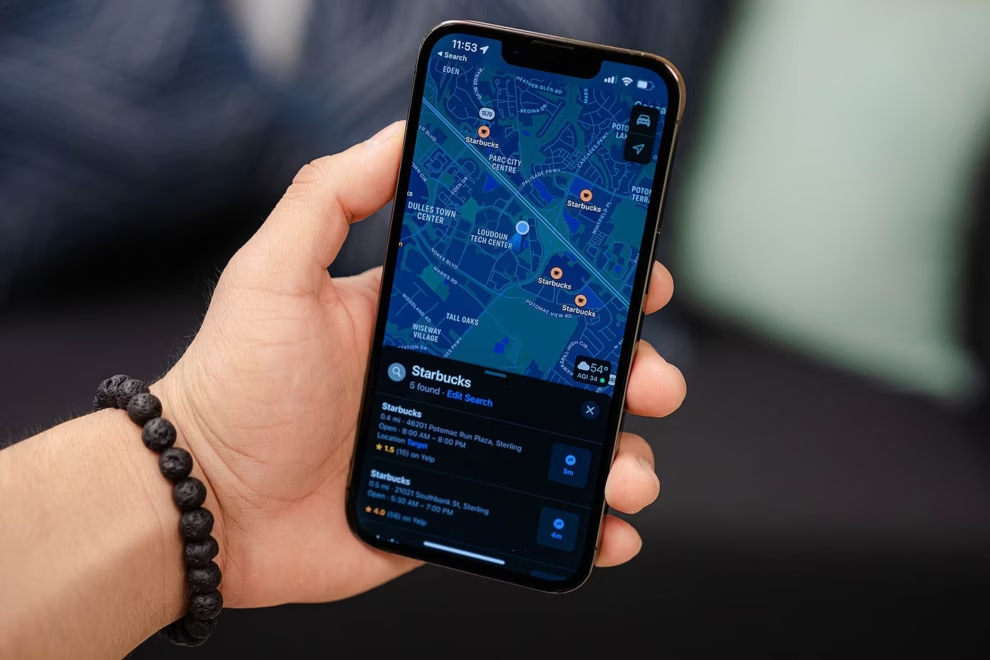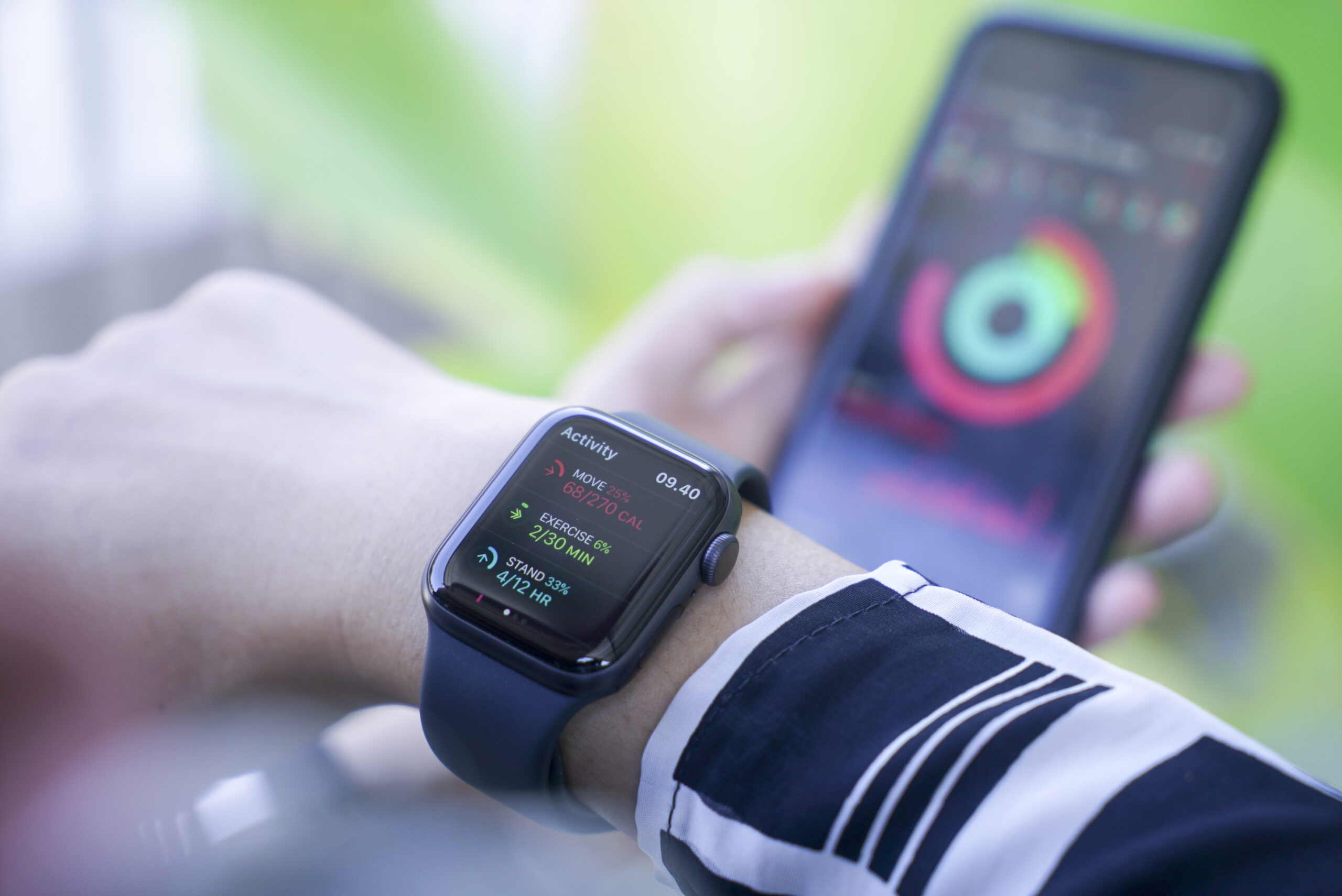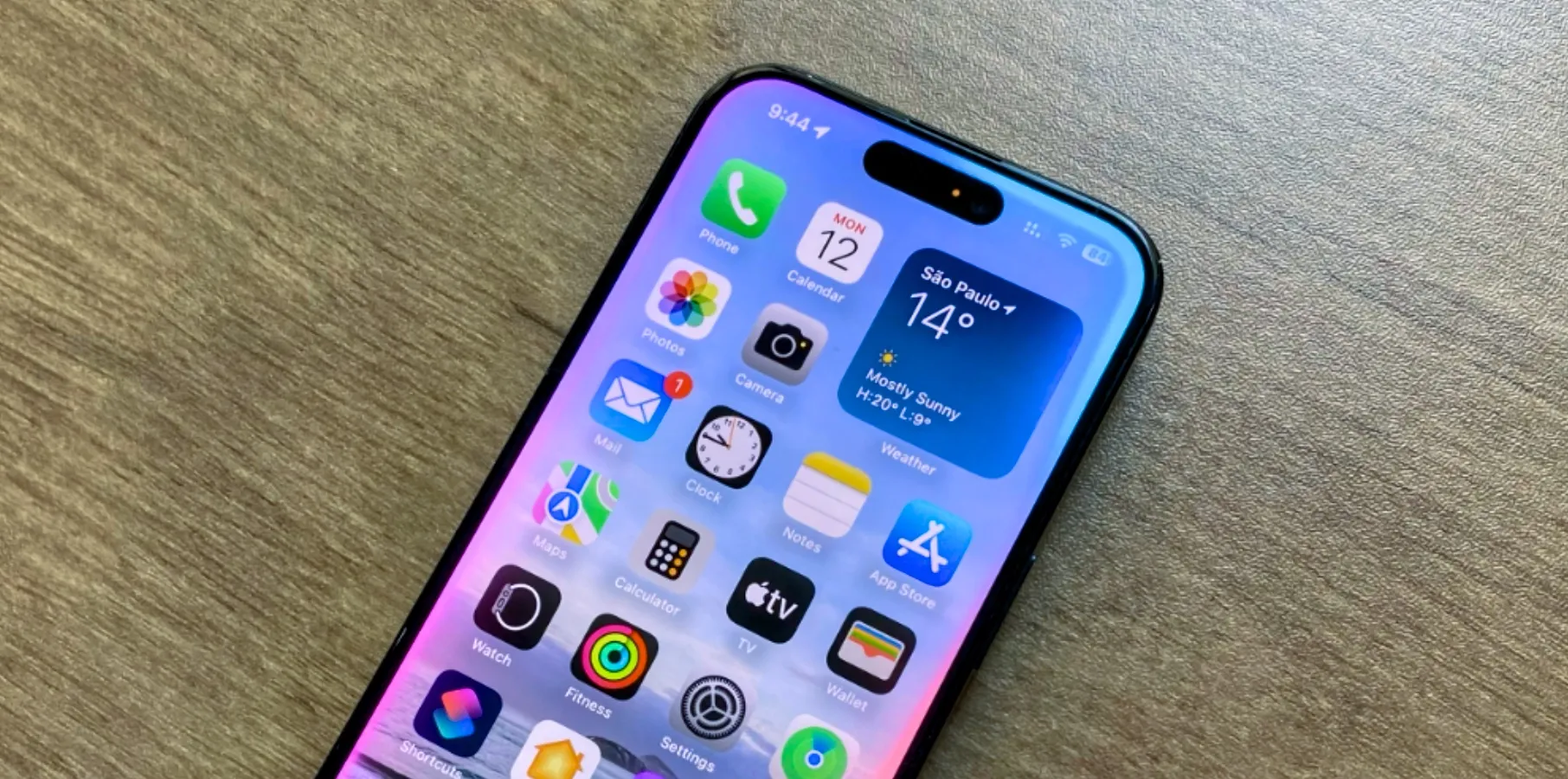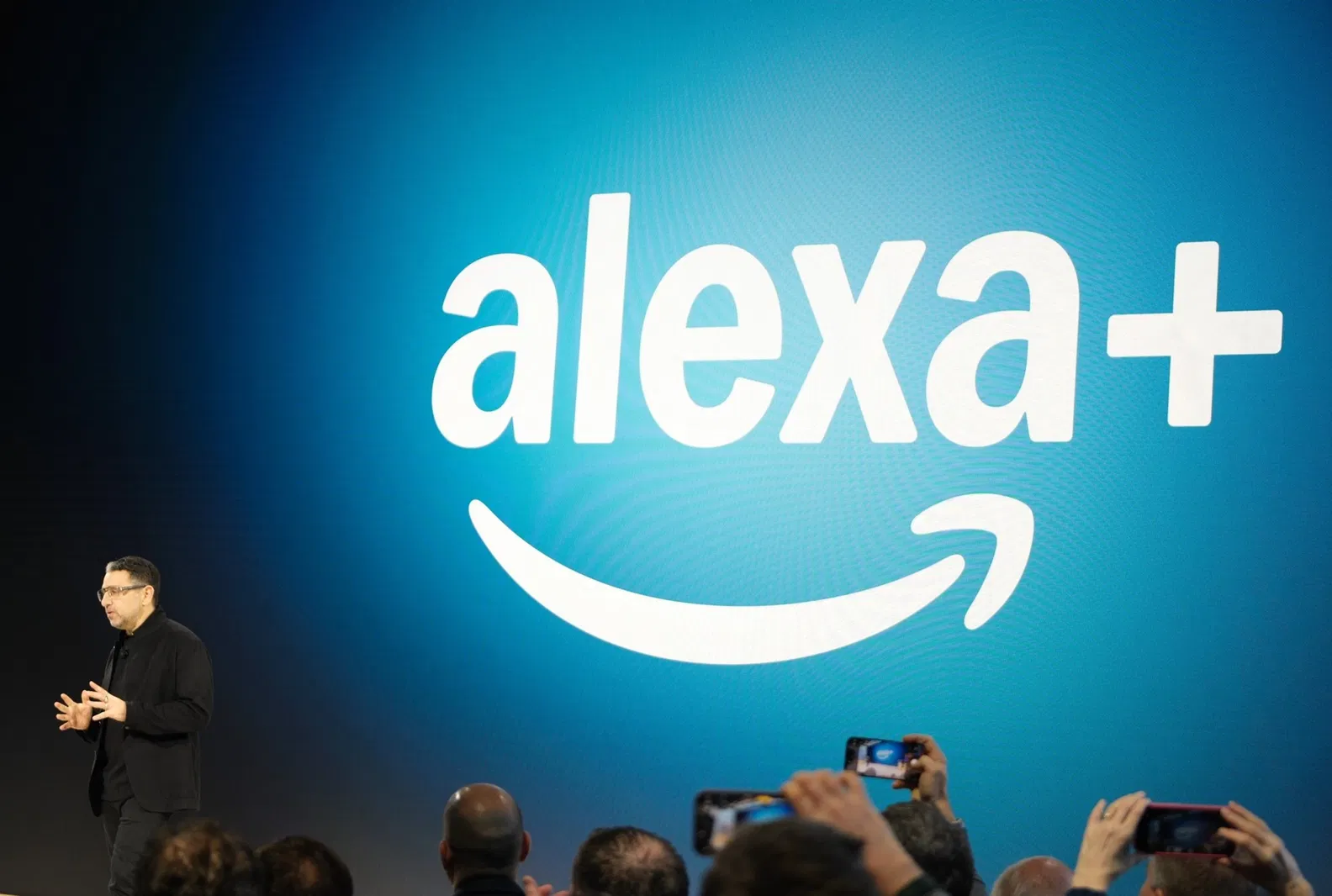For years, iPhone users have been locked into Apple Maps as the primary navigation system for core functions like Siri requests and CarPlay integration. While Apple has significantly improved its mapping service over time, Google Maps remains the dominant player globally, boasting a richer database of points of interest, more comprehensive public transit information in many regions, and a wider array of features beloved by its loyal user base.
The frustration for many iPhone owners has been palpable. Imagine asking Siri for directions, only to have Apple Maps launch, even though you overwhelmingly prefer Google Maps. This often led to a cumbersome extra step of manually opening the Google Maps app and re-entering the destination. But could these days of navigational friction be drawing to a close?
What’s Fueling This Potential Change?
Several factors appear to be contributing to this potential shift in Apple’s long-standing policy.
Firstly, mounting pressure from regulatory bodies around the world regarding anti-competitive practices is likely playing a significant role. Tech giants like Apple have come under increasing scrutiny for allegedly favoring their own services over those of competitors. Allowing users to choose their default apps, including navigation, could be seen as a proactive step to address these concerns and foster a more level playing field.
Secondly, unwavering user demand cannot be ignored. Online forums, social media platforms, and tech blogs are filled with discussions and petitions from iPhone users expressing their preference for Google Maps as the default. Apple, known for its customer-centric approach, may finally be acknowledging this persistent feedback and recognizing the value of offering greater user choice.
Thirdly, the evolving landscape of in-car infotainment is also a key consideration. While CarPlay does allow users to access third-party navigation apps like Google Maps, the default integration often leans towards Apple Maps. As cars become increasingly connected and navigation becomes more integral to the driving experience, offering a seamless default option for preferred services becomes crucial.
What Would This Mean for iPhone Users?
The implications of this change for iPhone users are substantial and overwhelmingly positive.
- Unparalleled Convenience: Imagine simply asking Siri for directions or clicking an address link and having Google Maps, with all your saved places, preferences, and familiar interface, instantly launch. This eliminates the current friction and makes navigation a truly seamless experience.
- Choice and Personalization: Users will finally have the freedom to choose the navigation app that best suits their individual needs and preferences. Whether it’s Google Maps for its extensive point-of-interest data or another alternative like Waze for its real-time traffic updates, the power will be in the hands of the user.
- Enhanced Integration: Deeper integration of Google Maps as the default could potentially unlock new features and functionalities within the iOS ecosystem. This could include improved turn-by-turn directions displayed on the lock screen or more intuitive integration with other apps.
- Familiarity and Comfort: For long-time Google Maps users who switched to iPhone, this change would bring a sense of familiarity and comfort. They wouldn’t have to learn a new interface or rebuild their saved locations within Apple Maps.
What About Apple Maps?
While this potential shift might seem like a setback for Apple Maps, it’s important to remember the significant strides Apple has made in improving its own navigation service. Apple Maps boasts a clean and intuitive interface, excellent integration with the Apple ecosystem, and features like detailed 3D city views and Look Around.
Allowing Google Maps as the default could actually push Apple to further innovate and enhance its own mapping service to remain competitive. It could foster a healthy rivalry that ultimately benefits consumers with better and more feature-rich navigation options.
Industry Impact and the Road Ahead:
This potential move by Apple would have significant ramifications for the tech industry. It could signal a broader shift towards greater openness and user choice within closed ecosystems. It could also put pressure on other tech companies to re-evaluate their own default app policies.
Currently, these reports are based on industry whispers and insider information. Apple has not made any official announcements regarding this potential change. However, the growing chorus of user demand and the increasing regulatory scrutiny make this a highly plausible development in the near future.










Add Comment